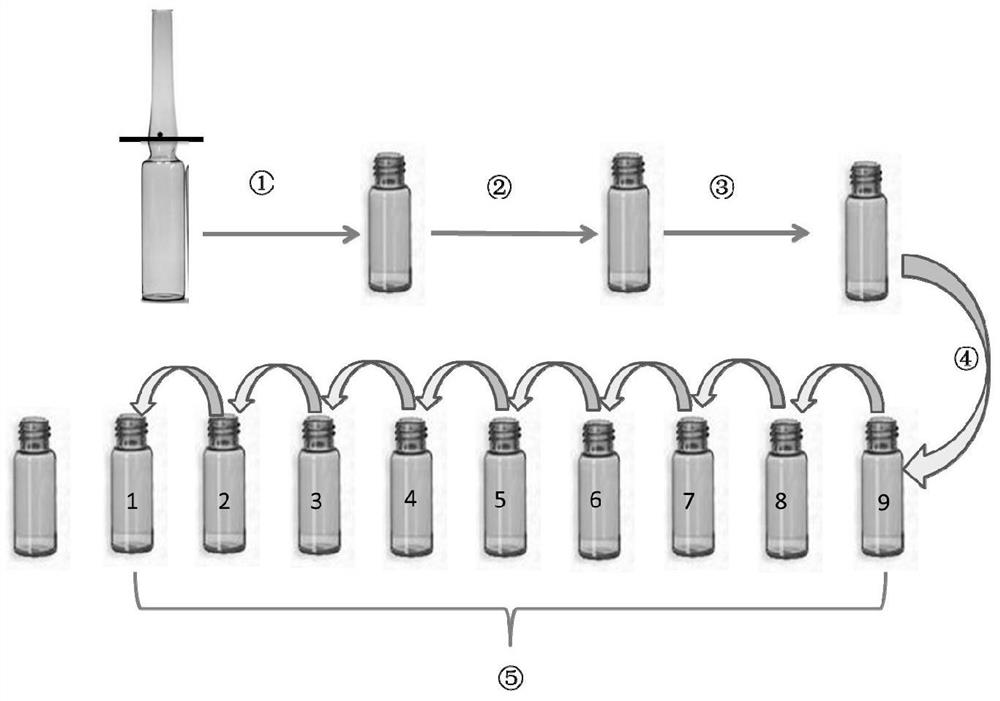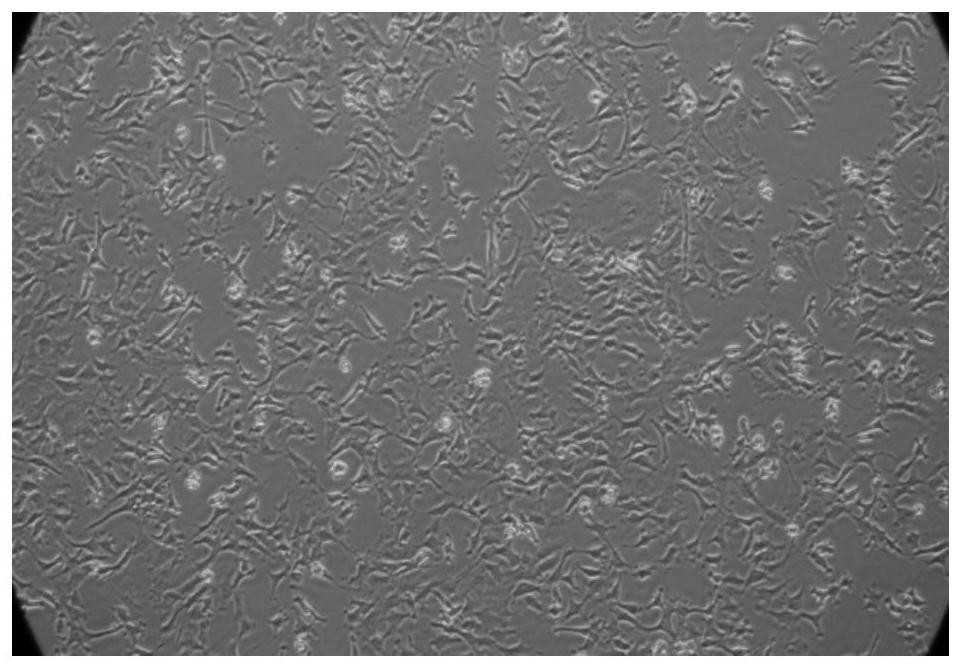Method for Quantitative Detection of Dioxins and Screening of Aryl Hydrocarbon Receptor Active Substances Using Reporter Gene Recombinant Cells
A reporter gene, recombinant cell technology, used in biochemical equipment and methods, microbial determination/inspection, measurement devices, etc., can solve the problem that operators cannot make professional judgments, the detection is inaccurate, and the cost of using reagents and consumables is not considered. And other issues
- Summary
- Abstract
- Description
- Claims
- Application Information
AI Technical Summary
Problems solved by technology
Method used
Image
Examples
Embodiment 1
[0054] Example 1. Establishment of a quantitative detection method for dioxins using luciferase reporter gene recombinant cell CBG2.8D
[0055] 1. Dioxin standard curve preparation
[0056] Dioxin series standard samples are prepared as follows: figure 1 shown.
[0057] 1. The purchased dioxin standard 2,3,7,8-tetrachlorodibenzo-p-dioxin (2,3,7,8-TCDD for short) is stored in an ampoule, and the product number (Wellington DD- 48T) the concentration in the bottle is 10 -4 mol / L, the solvent is DMSO. Step ①, after opening the ampoule, transfer all the liquid in the bottle to a brown sample bottle and mark it.
[0058] 2. Proceed to step ②, dilute the stock solution of the standard product 10 times with DMSO, take 270 μL DMSO and add it into the brown sample bottle, then add 30 μL stock solution of the standard product, shake and mix well, and prepare a concentration of 10 -5 mol / L preservation solution and marked on the bottle (marked content: sample name, concentration, pre...
PUM
 Login to View More
Login to View More Abstract
Description
Claims
Application Information
 Login to View More
Login to View More - R&D
- Intellectual Property
- Life Sciences
- Materials
- Tech Scout
- Unparalleled Data Quality
- Higher Quality Content
- 60% Fewer Hallucinations
Browse by: Latest US Patents, China's latest patents, Technical Efficacy Thesaurus, Application Domain, Technology Topic, Popular Technical Reports.
© 2025 PatSnap. All rights reserved.Legal|Privacy policy|Modern Slavery Act Transparency Statement|Sitemap|About US| Contact US: help@patsnap.com



